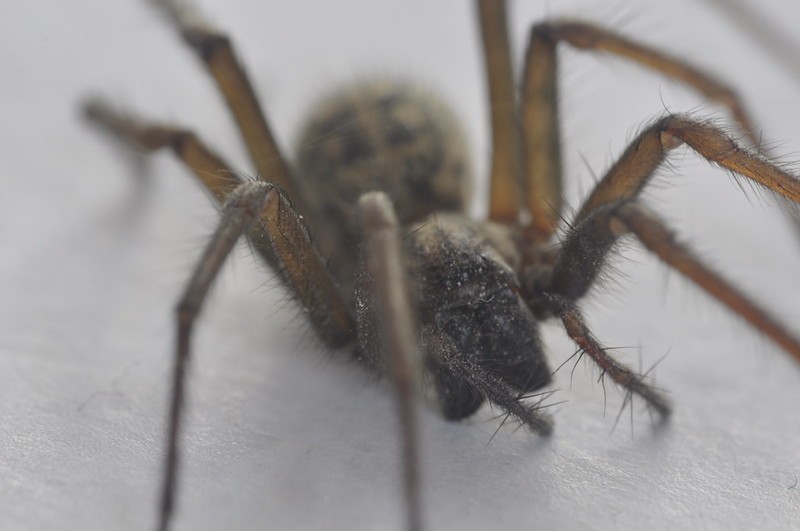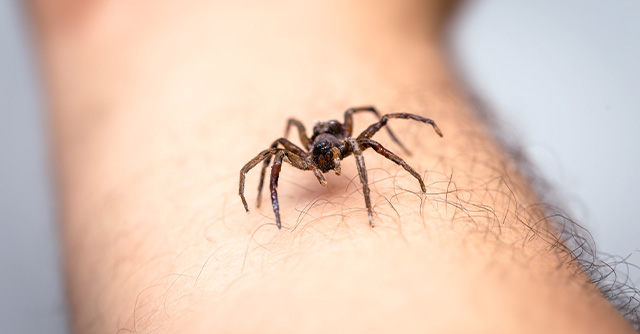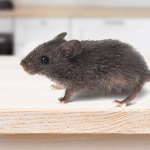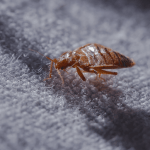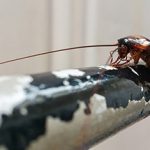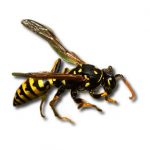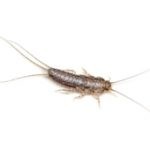Facts About Spiders
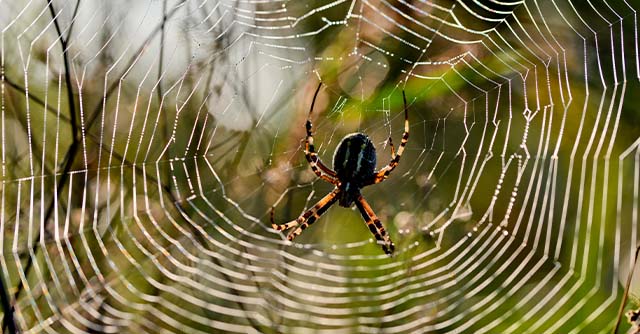
The most common species found indoors are house spiders. They are mainly of the genus Tegenaria. Here are some facts about house spiders. They have hairy legs that let them crawl entire walls. However, house spiders’ legs aren’t effective in getting them out of the bathtub due to their slippery surface. Did you know that most house spiders are very well adapted to living indoors in our homes? So much that if they happen to pop outside, they might not survive. Here are 10 facts about spiders you might not know or hear of that will amaze you.
1. Females can lay thousands of eggs at a time
Some female spiders can lay up to 3,000 eggs at a time. The care the lady spider provides highly depends on the species of spider. There are mother spiders that die not long after they have laid their eggs. Others carry their spiderling on their backs or/and share the food with them.
2. Not all spider bites are dangerous
Several arachnids in the world can cause severe bites – they possess venom that can cause some serious health complications. Fortunately, most spider species that live in the UK aren’t known for biting, and even if they do happen to attack you, their venom won’t inflict any damage. Unsurprisingly, the most poisonous spider is the female black widow – its venom is more dangerous than one of some poisonous snakes’.
Check also: Spider bites – all you need to know
3. Male spiders can be romantic
One of the facts about spiders you might not know is that some male species can be romantic. They like to put on a show for their chosen partner by dancing. The male spiders can even offer their romantic pursuits gifts wrapped in silk to “ask them out on a date”. And it gets even better – sometimes the male spider can be cheap and try to give presents that were let down by other lady spiders.
4. Spiders are not insects
You may think of spiders as insects, but the truth is that they are actually arachnids. Insects have 6 legs, 2 eyes and 3 body parts. Spiders, being arachnids, have 2 ‘main’ body parts, 8 legs, 6 or 8 eyes, and spinnerets on the abdomen for producing silk.
5. Spiders can eat their own webs
Number 5 on our list of interesting facts about spiders is what they do with their webbing. Some spiders recycle their web by eating it. They do this by carefully dismantling the damaged web and then munching on it to get the needed silk proteins. Of course, others just decide to leave or remove the old web. Overall, spider behaviour differs amongst species when it comes to their web.
6. Spiders can see what we are not able to see
Spiders usually have eight eyes, but some have six, four, two, or even none at all! It all depends on the species. Even with all those eyes, many spiders don’t actually see very well, so they rely more on touch and vibrations to get around. Others have amazing eyesight, which helps them spot and catch their prey.
Also, Spiders can see what we cannot. Some salticid species, also known as jumping spiders, can see spectrums humans cannot. Several spider species can see both UVA and UVB light, unlike us. This is another of the surprising facts about spiders you might not be aware of.
Check also: What Attracts Spiders In Your House?
7. There are spiders that look exactly like ants
There are as many as 100 different spider species that mimic ants in their appearance. They have evolved in such a way that they look like ants. These spiders can even produce ant pheromones. This interesting evolution has very practical reasons behind it – protection and easy hunting. One such species is the Synemosyna formica.
8. The fear of spiders is called Arachnophobia
Arachnophobia is the fear of spiders – one of the most widespread phobias in Europe and North America. It is the most common phobia in the UK and women are more likely to suffer from it. In tropical areas, where there are more hairy and large spiders, Arachnophobia is less common. Learn how to deal with Arachnophobia with these tips.
9. The spider’s web silk is stronger than steel
Experiments have revealed that a spider web is 5 times stronger than a strand of steel of the same thickness. Imagine you were to use a spider web with the thickness of a pencil. With it, you could stop the flight of a Boeing 747 jumbo jet. Amazing, isn’t it? It is no surprise that scientists still cannot find a substitute material for spider silk equal in elasticity and strength.
10. Only the female black widow spider’s bite is dangerous
As much as you might consider spiders a threat, facts about spiders reveal that only the female black widows can be harmful. The male version of this spider species is much smaller than the female. Males, together with younger black widows, are completely harmless to humans. You will recognise the female species for the red hourglass shape on the underside. Male black widows stand out with red and yellow spots and bands on the abdomen.
What if spiders are a problem in your home
Spiders have crawled into the nightmares of many of us. They are among the top 10 most diverse animal populations in the world. Although we consider these 8-legged creatures pests, they have a pivotal role in all ecosystems. In case you have a pest infestation of any kind, take advantage of our Pest Control Services. If spiders have attacked your property, book professional spider control services.
Takeaways
- Some male spiders like to serenade their females. There are even species that offer themselves to be eaten by their females.
- Spiders are not insects – they are arachnids.
- These 8-legged crawling creatures take a significant role in all existing ecosystems.
- Spider silk is one of the strongest and most resilient materials. It is 5 times stronger than steel.
- Only the bite of female black widows is dangerous.
- There are spider species that see light spectrums we cannot – UVA and UVB.
Need a professional help to deal with a spider infestation?
Keep in mind that we only aim to provide some useful information about spiders in general.



